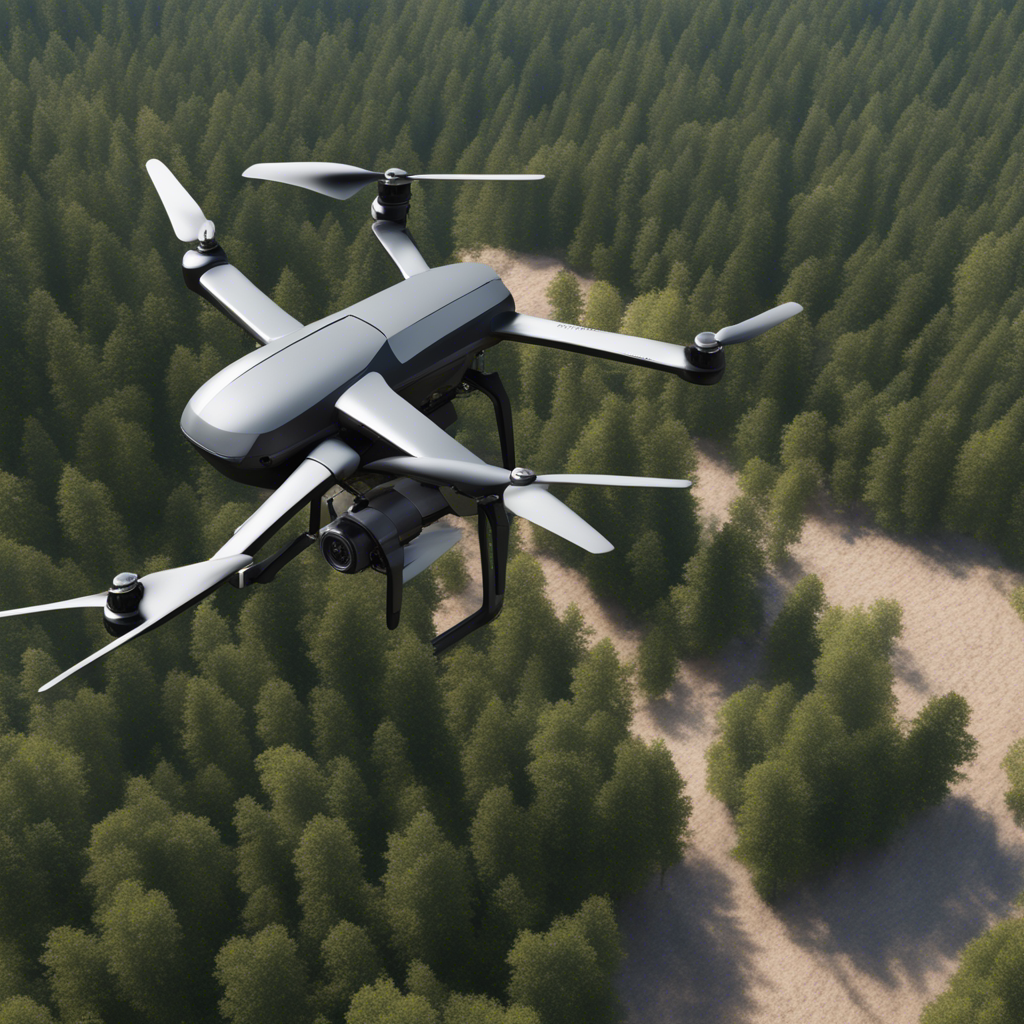
Exploring the Role of AI in Environmental Conservation
Introduction
In recent years, the world has witnessed a growing concern for environmental conservation. With the increasing challenges of climate change and the need for sustainable practices, new technologies are being explored to tackle these issues. One such technology that has gained significant attention is Artificial Intelligence (AI). In this blog post, we will delve into the role of AI in environmental conservation, exploring its potential applications and the benefits it offers.
Understanding Artificial Intelligence
Artificial Intelligence is a branch of computer science that focuses on creating intelligent machines capable of performing tasks that normally require human intelligence. AI algorithms enable machines to learn from experience, recognize patterns, and make informed decisions. These capabilities are now being leveraged to address environmental challenges and drive sustainability efforts.
AI Applications in Environmental Conservation
1. Monitoring and Management of Wildlife
AI technologies, such as machine learning and computer vision, are increasingly being used to monitor and manage wildlife populations. Intelligent algorithms can process vast amounts of data collected from various sources, such as remote sensing devices and camera traps, to identify and track animal species. This helps conservationists gain valuable insights into population dynamics, habitat requirements, and migration patterns, enabling them to make informed decisions for wildlife preservation.
2. Forest Protection and Restoration
Deforestation remains a significant threat to global biodiversity and climate stability. AI can play a crucial role in addressing this challenge by analyzing satellite imagery and detecting changes in forest cover. Machine learning algorithms can identify patterns of deforestation, illegal logging, and encroachment, allowing authorities to take appropriate action in real-time. Additionally, AI can aid in reforestation efforts by identifying suitable locations for tree planting and optimizing tree species selection based on ecological characteristics.
3. Environmental Monitoring and Predictive Analytics
AI-powered systems can monitor environmental parameters such as air quality, water quality, and weather patterns. By collecting and analyzing real-time data from sensors deployed in various locations, these systems can provide accurate and early warnings regarding environmental hazards. Predictive analytics algorithms, fueled by AI, can also simulate the impact of climate change and make projections about future scenarios, helping policymakers and organizations develop effective strategies and mitigation plans.
4. Sustainable Agriculture and Precision Farming
AI has significant implications for sustainable agriculture and precision farming practices. By integrating AI algorithms with drones, sensors, and IoT devices, farmers can optimize resource usage, minimize environmental impact, and improve crop yields. AI-powered systems can analyze soil data, weather patterns, and crop health metrics to suggest precise irrigation schedules, optimal fertilizer application, and early pest detection, reducing water waste and ecological footprint.
5. Energy Efficiency and Smart Grids
AI can contribute to energy conservation and efficiency through the development of smart grids. By applying AI algorithms to analyze energy consumption patterns and weather forecasts, these grids can automatically optimize energy distribution and balance supply-demand dynamics. AI-powered energy management systems can efficiently allocate resources, reduce energy wastage, and lower greenhouse gas emissions, contributing to a more sustainable energy infrastructure.
Conclusion
Artificial Intelligence offers immense potential in the field of environmental conservation. By leveraging AI technologies, we can achieve more effective wildlife monitoring, forest protection, environmental monitoring, sustainable agriculture, and energy efficiency. However, it is crucial to ensure that these technologies are ethically implemented and aligned with ecological goals. With continued research and investment in AI, we can harness its capabilities to address environmental challenges and create a more sustainable future.
References:
Vasiliki D., et al. (2019). Artificial Intelligence Methods for Environmental Conservation and Sustainable Development: Applications and Perspectives.
Walocha, P. et al. (2020). Artificial intelligence in environmental applications: state of the art and prospects for IoT and smart sensors.
Bousquet, F. et al. (2021). Monitoring biodiversity with environmental DNA and artificial intelligence: a systematic review.






